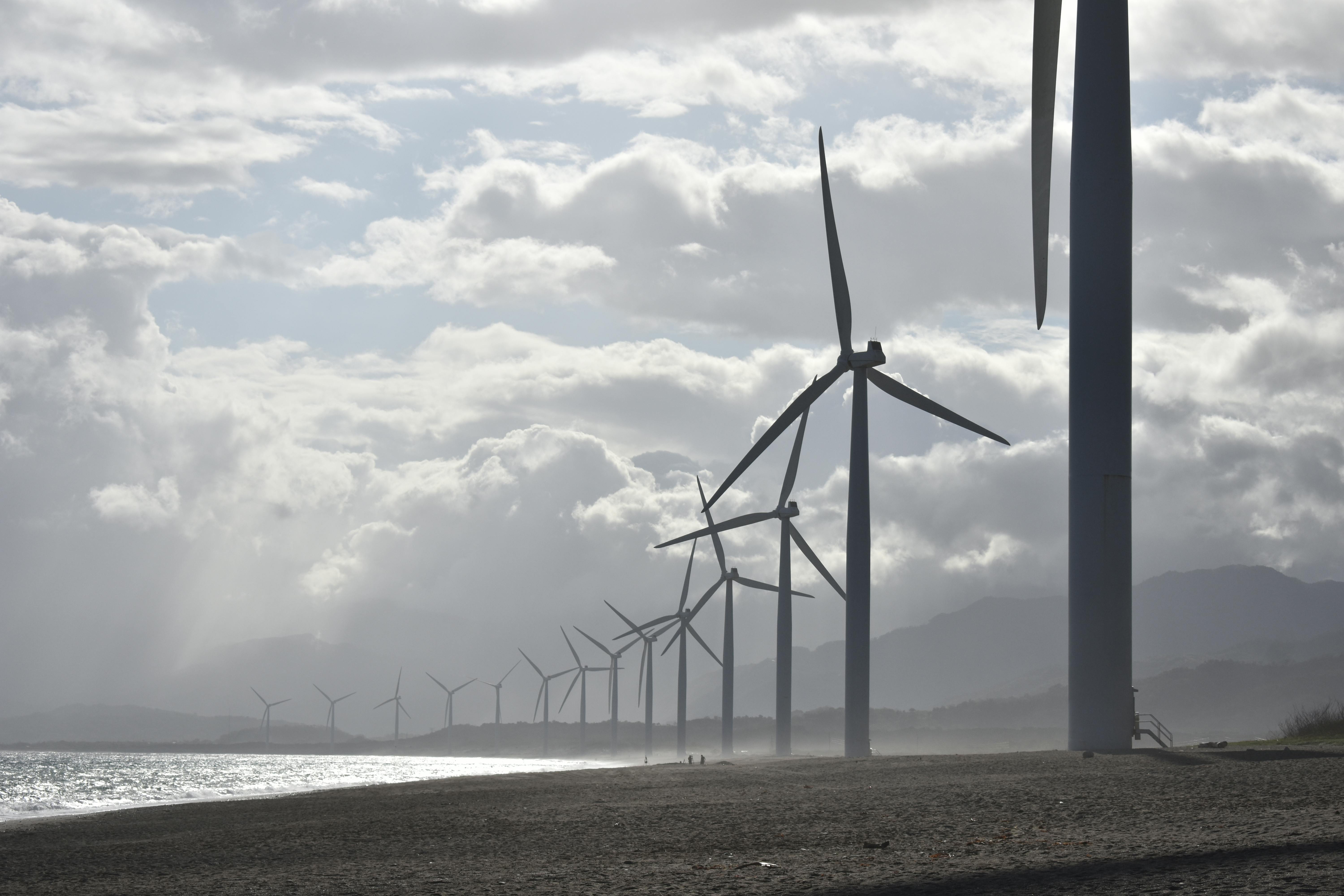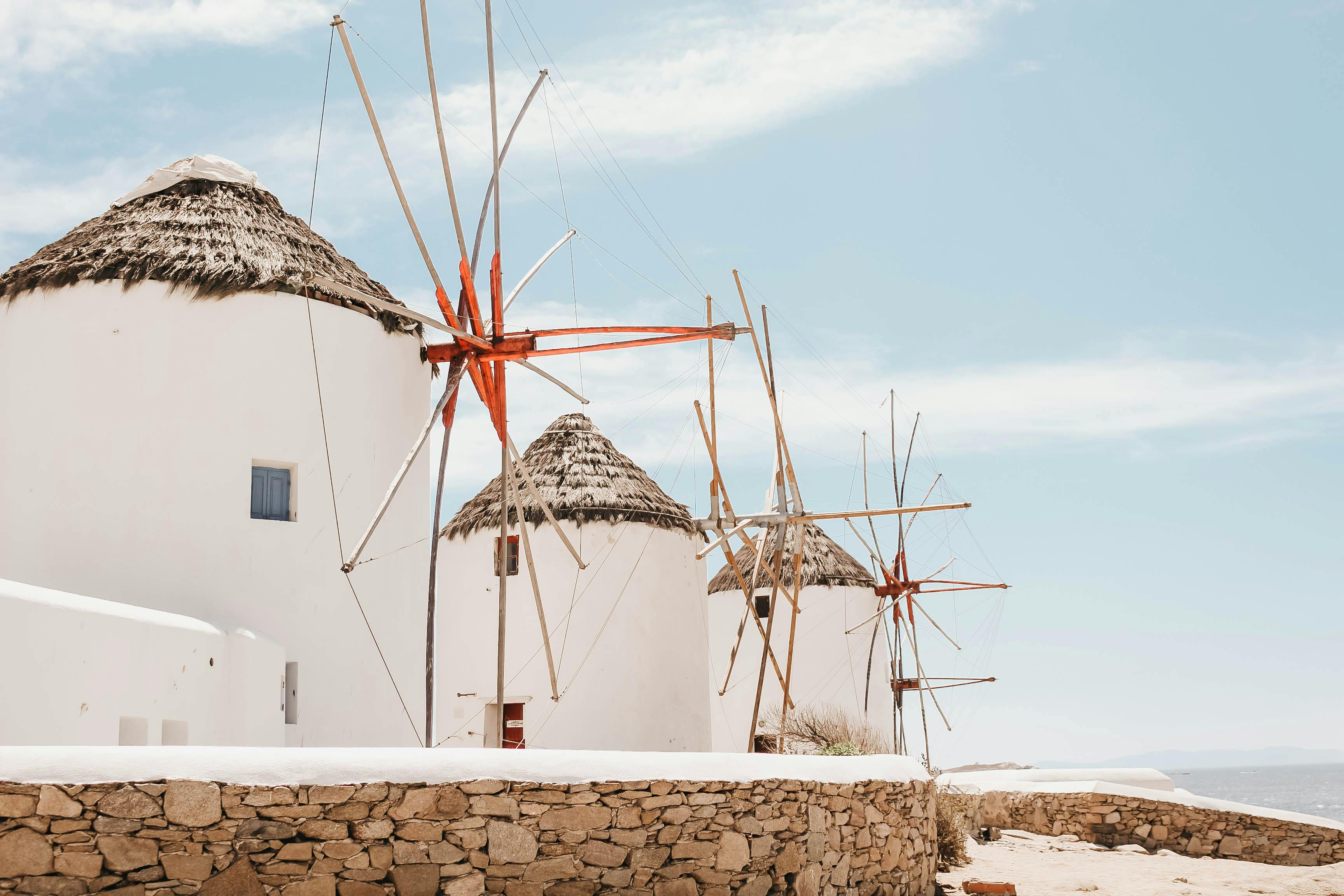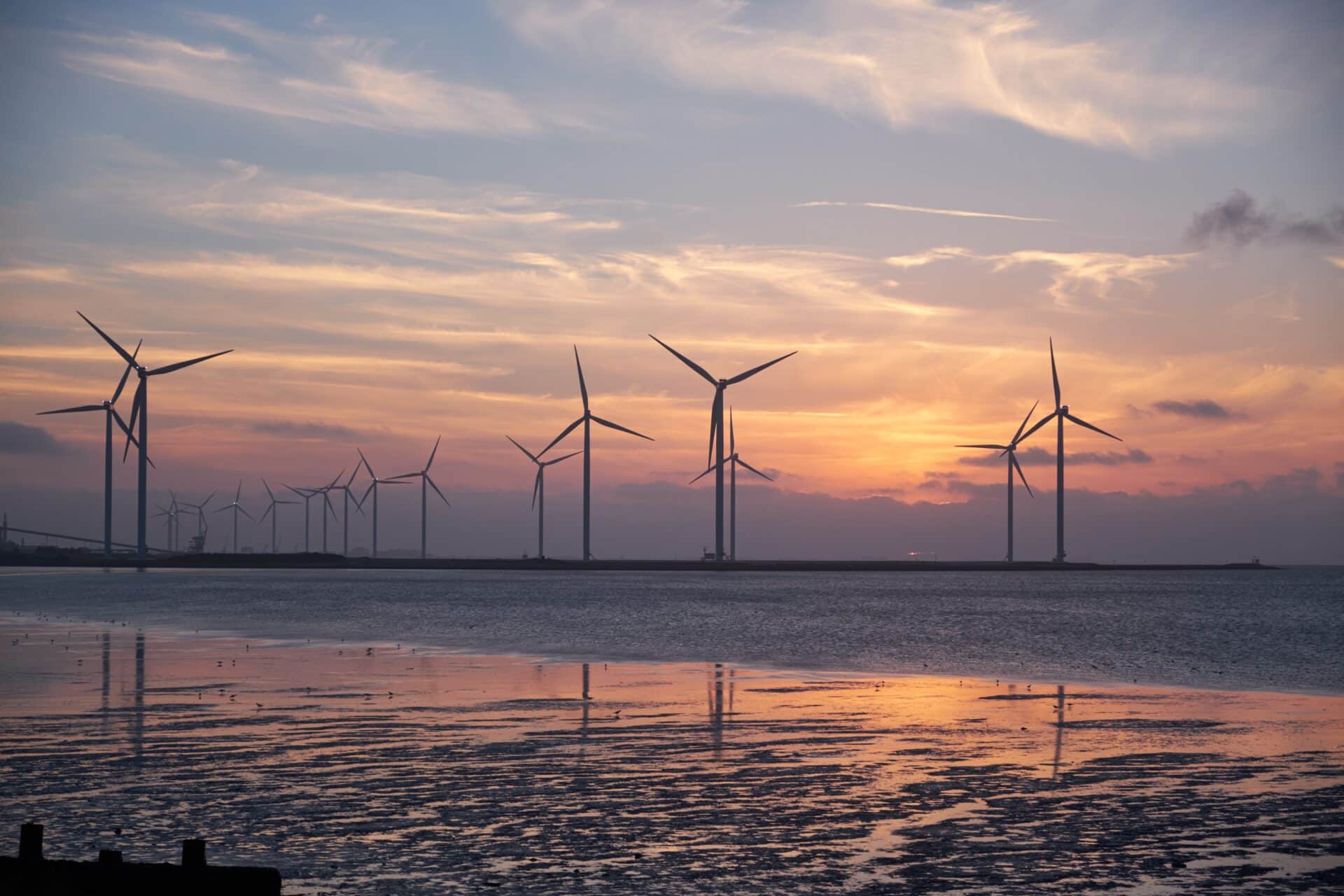Electricity is an important resource for powering many appliances and devices, including water distillers. A water distiller is a device used to purify water of impurities and contaminants by boiling it, then condensing the vapor back into liquid form. An important factor to consider when using a water distiller is how much electricity it uses. This article will discuss how much electricity a water distiller uses and provide tips for reducing its energy consumption.A water distiller is a device that is used to purify water by removing impurities and contaminants. Water is boiled in the distiller and the steam produced rises and, as it cools down, condenses back into water droplets. The condensed water droplets are then collected in a separate container, leaving behind any impurities or contaminants contained within the original water source. This process of purification results in clean and safe drinking water.
How Does a Water Distiller Work?
A water distiller is a device that uses heat to separate water from other substances and impurities. The process of distillation involves boiling the water, then condensing the steam into pure, clean drinking water. During this process, all other contaminants and solids are left behind. The resulting distilled water is free from any microorganisms, minerals, and other contaminants that can be found in untreated sources of water.
The basic idea behind a water distiller is simple: it boils the source of water, such as tap or groundwater, to create steam. This steam is then collected in another container where it condenses back into liquid form and can be collected as distilled water. As the steam travels through the distiller, it passes through various filters and chambers that help to remove any remaining impurities before being collected in the final container.
Water distillers are often used in areas where access to clean drinking water is limited or unavailable. They are also used in laboratories where pure samples of water are required for testing purposes. Water distillers can also be used for home use if
What Is the Cost of Running a Water Distiller?
The cost of running a water distiller is dependent on the type of distiller you choose, the energy efficiency rating, and the amount of water you use. Generally speaking, water distillers are more expensive to operate than other types of water purification systems. Depending on the model and size you choose, operating costs can range anywhere from a few cents per gallon to upwards of several dollars per gallon.
For example, a typical countertop distiller with an average energy efficiency rating will cost about 10 cents per gallon to operate. On the other hand, large-scale commercial distillers that are used in industrial settings may cost up to several dollars per gallon.
In addition to operating cost, you should also factor in the upfront cost for purchasing a water distiller in your overall budgeting. Generally speaking, home-use distillers are relatively inexpensive and can be purchased for as little as $100 – $200 USD while commercial grade units can range anywhere from several hundred dollars to several thousand dollars depending on size and capacity.
Overall, running a water distiller is more expensive than other
How Much Electricity Does a Water Distiller Use?
Water distillers are popular devices used to purify water and make it safe for drinking. They can be an effective and economical way to ensure that you always have access to clean, safe drinking water. The amount of electricity used by a water distiller depends on several factors, including the size and type of the device, the type of power source, and how often it is used.
The most common type of water distiller is an electric model that runs off of a standard 110-volt power source. These types of distillers typically use between 500 and 1,000 watts of electricity. If you have an electric water distiller that is rated for 1,000 watts, then it would use about 1 kilowatt-hour (kWh) of electricity per hour when in use. This means that if you run your electric water distiller for 10 hours per day, it will use 10 kWh per day or about 300 kWh per month.
Another popular type of water distiller is a solar-powered model that runs off the sun’s energy instead of electricity. Solar-powered water distillers
Reducing the Electricity Used By a Water Distiller
Water distillers are a great way to purify drinking water, but they can use up a lot of electricity. Fortunately, there are some simple steps you can take to reduce the amount of electricity your water distiller uses. By following these tips, you can save money on your electric bill while still enjoying great-tasting, purified water.
The first step in reducing your electricity usage is to be aware of how much power your water distiller is consuming. Check the label on the machine for its energy rating and compare it to other models on the market. If your model is using more electricity than other models, consider upgrading to a more efficient one.
Another way to reduce electricity consumption is by using the right size of distiller for your needs. If you’re only using it occasionally or for small amounts of water, then a smaller model will consume less power than a larger one. If you’re using it frequently or for large amounts of water, then a larger model may be more efficient overall.
You

Benefits of Using a Water Distiller
Using a water distiller can provide a range of benefits, as it can help to ensure that you have access to clean, safe drinking water. A water distiller works by boiling the water and then collecting the steam, which is then condensed back into liquid form. This process removes many impurities and contaminants from the water, making it much safer to drink. Here are some of the key benefits of using a water distiller:
Removes Contaminants
One of the main advantages of using a water distiller is that it can remove many contaminants from your drinking water. This includes things like lead, mercury, chlorine and other harmful chemicals or bacteria that may be present in your tap water. By using a water distiller, you can ensure that your drinking water is as clean and safe as possible.
Cost Effective
Using a water distiller can also be more cost effective than buying bottled or filtered water. Bottled or filtered water can be expensive over time,
The Pros and Cons of Using a Water Distiller
Using a water distiller can provide a number of benefits, but it also has some disadvantages that should be considered. The pros and cons of using a water distiller should be weighed carefully before making the decision to use one.
The primary benefit of using a water distiller is that it removes harmful contaminants from drinking water, such as lead, bacteria, and other impurities. This can help improve the taste and quality of drinking water and reduce the risk of exposure to dangerous toxins. Additionally, distilling water can help remove chlorine from tap water and make the taste more pleasant.
Another benefit of using a water distiller is that it can save money in the long run. Distilled water costs far less than bottled or filtered water, and it is more convenient since it can be stored in large containers or bottles for future use. Furthermore, some models are energy efficient and require minimal maintenance for optimal performance.
However, there are also some drawbacks to using a water distiller. For instance, distilled water does not contain any minerals which may be beneficial to health such as calcium and magnesium. Additionally, distilled water
What Are the Alternatives to Using a Water Distiller?
Water distillers are great for making sure you have a steady supply of clean, safe drinking water. However, if you don’t want to invest in a water distiller, there are a few other ways to get clean drinking water.
One option is to buy bottled or filtered water. Bottled water is convenient and can be found almost anywhere. However, it can be costly and produce unnecessary plastic waste. Filtered water is generally cheaper and more environmentally friendly than bottled water, but it may not remove all contaminants from the source.
Another alternative is to use a home filtration system. These systems come in many different forms and some may even remove chemicals from your tap water. Home filtration systems may require periodic maintenance and replacement of filters, but they also offer convenience and peace of mind when it comes to having clean drinking water at home.
Finally, you can always boil your water before drinking it. Boiling will kill most bacteria and other microorganisms but won’t necessarily remove all chemicals or other contaminants from the source. While boiling is an effective

Conclusion
Water distillers can be an effective way of providing clean and safe drinking water, as they remove contaminants from the water supply. However, they require electricity to operate, which can be a factor when deciding whether or not to use a water distiller. In general, water distiller electricity usage is relatively low, typically ranging from 50-200 watts per hour. Depending on the length of time used for distilling and the local electricity rate, this could result in an increase in monthly utility bills. Therefore, it is important to compare the cost of using a water distiller versus other methods for obtaining clean drinking water before making a decision.
Ultimately, it is up to you to decide how much electricity your water distiller should use. If you are considering using a water distiller to provide clean drinking water for you and your family, then make sure you weigh all the costs associated with this method against any other alternatives that may be available.

